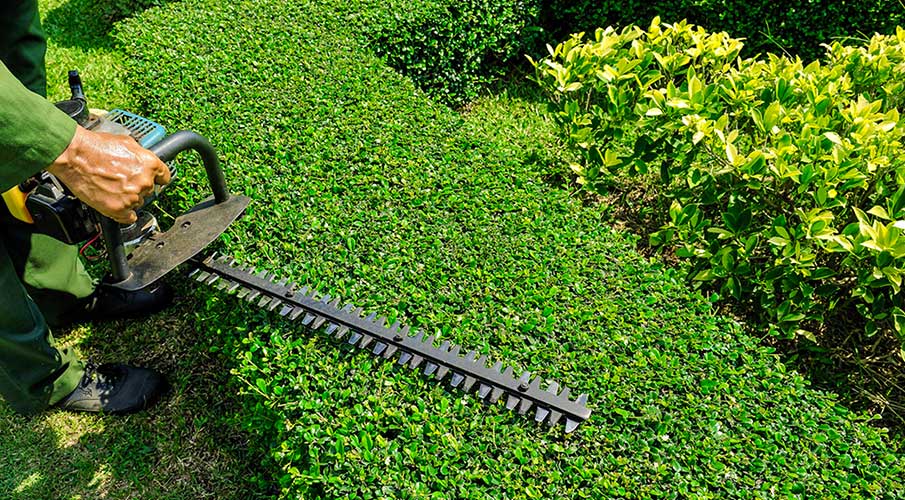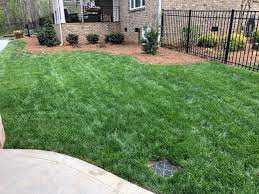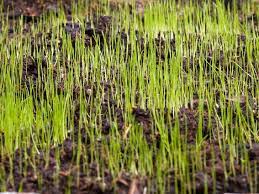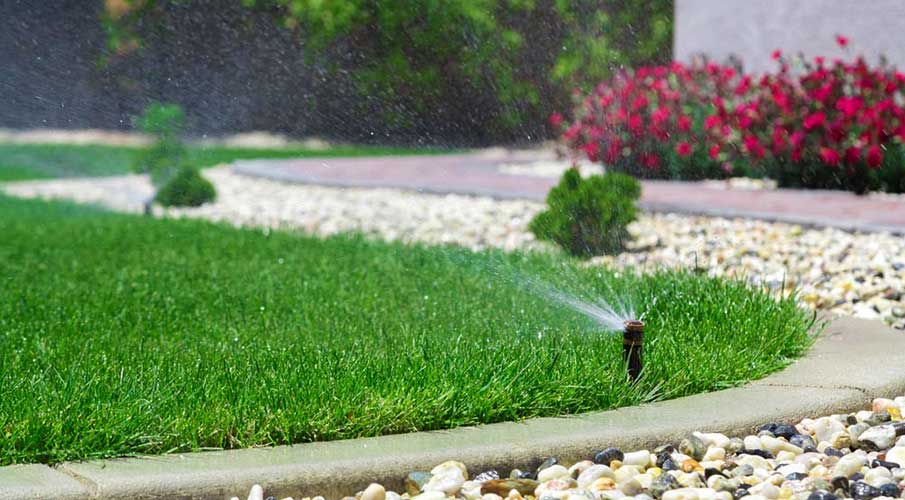Ready to learn how to fertilize your lawn? Fertilizing your lawn is a key aspect of maintaining a healthy and green lawn. Especially in the transition zone which includes parts of the US from North Carolina to Missouri. As a homeowner in this area, it’s essential to understand the different types of fertilizers, the best time to apply them, and how to avoid common mistakes that could harm your lawn.
Benefits of Liquid vs. Granular Fertilizers
When it comes to fertilizing your lawn, you have two options: liquid and granular. Liquid fertilizers are more easily absorbed into the soil, providing quicker results. They also make it easier to spot-treat specific areas of your lawn that may need extra nutrients. Some liquid fertilizers you’ll mix with water yourself. Others come in bottles with convenient attachments that allow you to hook them to a water hose and spray the lawn. On the other hand, granular fertilizers offer a slower release of nutrients over time, reducing the need for frequent reapplication. Granular products need to be spread with a lawn spreader, but these tend to more evenly distribute nutrients than hose-end attachments.
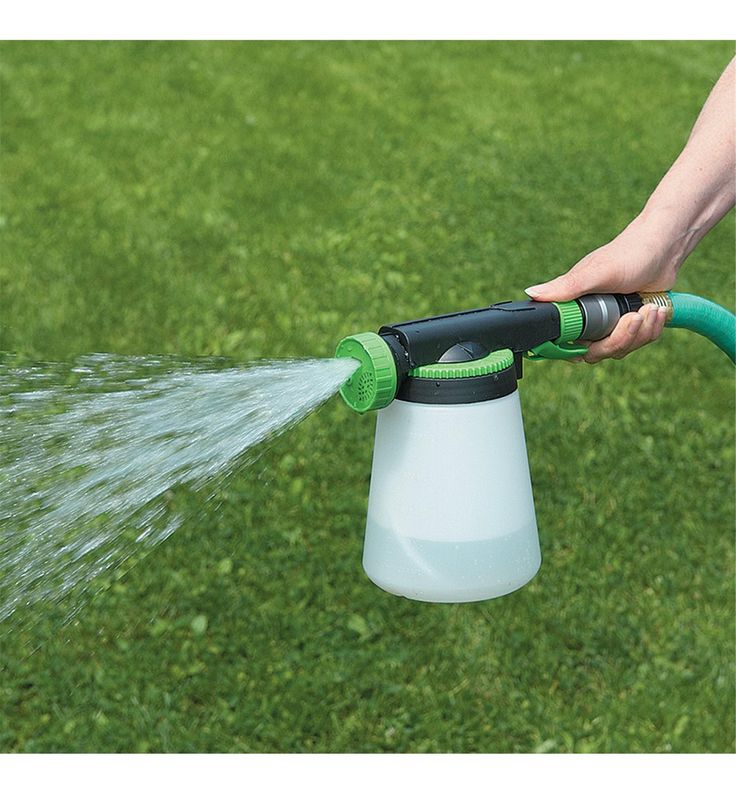
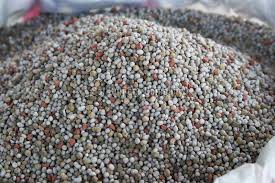
Best Time to Apply Fertilizers
The best time to apply fertilizer to your fescue lawn is during the growing season, typically in early spring or early fall. During this time, the grass is actively growing and will utilize the nutrients much more than in the Sumer or Winter. Avoid applying fertilizer during extreme weather conditions, such as during periods of drought or extreme heat, as this can put added stress on your lawn. Fescue already starts to get heat stress at 80 degrees and above. Adding too much nitrogen in that kind of weather can decimate a lawn.
Why You Need a Soil Test
Before applying any fertilizer to your lawn, it’s crucial to perform a soil test to determine the existing levels of nutrients in your soil. A soil test will also determine if your soil is too acidic or alkaline, which could limit the effectiveness of the fertilizer. For fescue, we want PH at about 6.8. Lime will raise the PH while sulfur will lower it. By knowing the nutrient levels in your soil, you can avoid over-applying fertilizer and wasting money, as well as prevent potential harm to your lawn. You can get soil tests from your college extension office, a local landscaper, or from Site One.
Common Mistakes When Applying Fertilizer
Some of the most common mistakes homeowners make when fertilizing their lawns are:
- Over-applying. Not only does this waste money, but it can also cause harm to your lawn and the environment.
- Adding too much nitrogen when it’s too hot. This can cause the grass to burn. It’s best to do your heavy applications of nitrogen in the Spring and Fall when working with cool-season grasses.
- Uneven applications. These result in bare or patchy areas in your lawn, either from too much fertilizer killing spots or too little depriving them of nutrients. This creates space for weeds to creep into your lawn.
- Not watering in your fertilizer. After application, always water the lawn to wash the fertilizer down to the root zone. Otherwise, it just sits on top of the soil.
How to Fertilize Your Lawn Step-by-Step
Here we’ll give you the steps for how to fertilize your lawn.
- Get a soil test: As mentioned earlier, it’s essential to perform a soil test to determine the existing nutrient levels in your soil and the PH.
- Choose the right fertilizer: Based on the results of your soil test, choose the right type and amounts of nitrogen, potassium, and potash to apply to your lawn. Also, consider if you need to apply lime or sulfur to adjust the PH.
- Wear the proper PPE: Certain types of fertilizer can damage your skin. Always wear gloves, long sleeves, eye protection, and any other PPE recommended in the manufacturer’s instructions.
- Set your spreader: Most spreaders will have a setting to apply more or less product. Make sure yours is set to apply the appropriate amount of product per 1000 square feet.
- Spread the fertilizer: Use a broadcast spreader to evenly distribute the fertilizer over your lawn, following the manufacturer’s instructions.
- Water in the fertilizer: After spreading the fertilizer, water your lawn thoroughly to help it absorb the nutrients.
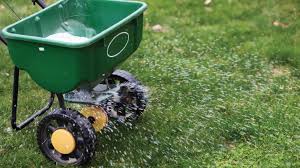
In conclusion, fertilizing your lawn is a key aspect of maintaining a healthy and green lawn. By understanding the benefits of liquid vs. granular fertilizers, the best time to apply them, and how to avoid common mistakes, you can keep your fescue lawn in top condition. And with this step-by-step guide for applying fertilizer, you can confidently take control of your lawn care and achieve the results you desire.
Looking for a company to keep your lawn lush and healthy with top-quality fertilizers? Check out Midwest Turf Pros and request an estimate!
